Today’s theme: Historic Upholstery Techniques in Different Countries. Travel from Parisian salons to Ottoman divans, from Georgian parlors to Japanese tatami rooms, and feel how materials, stitches, and textiles shaped the way people sat, gathered, and lived. Subscribe to follow the series and share your family upholstery stories.
Materials That Tell a Story Across Borders
French and British makers prized curled horsehair for resilience, while Mediterranean artisans often reached for coir and esparto. In northern regions, moss and seaweed occasionally padded humble seats, leaving whispering traces of coastlines and forests.
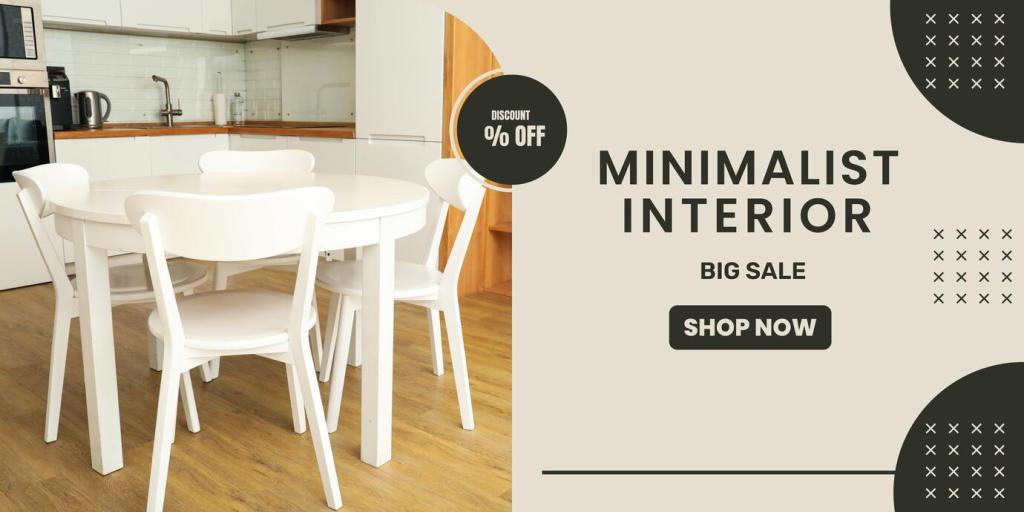
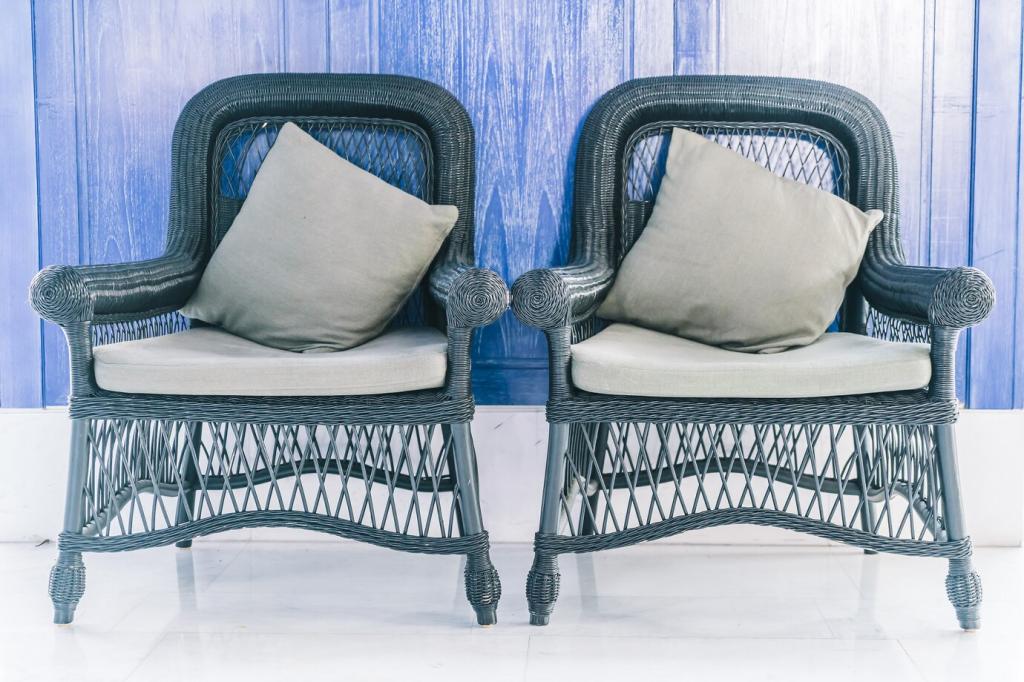
Materials That Tell a Story Across Borders
Across Europe, jute webbing stretched a firm foundation, laced with hemp twine knots that craftsmen learned from masters before them. Their patterns—herringbone, square, or cross—quietly dictated how cushions would breathe and spring.
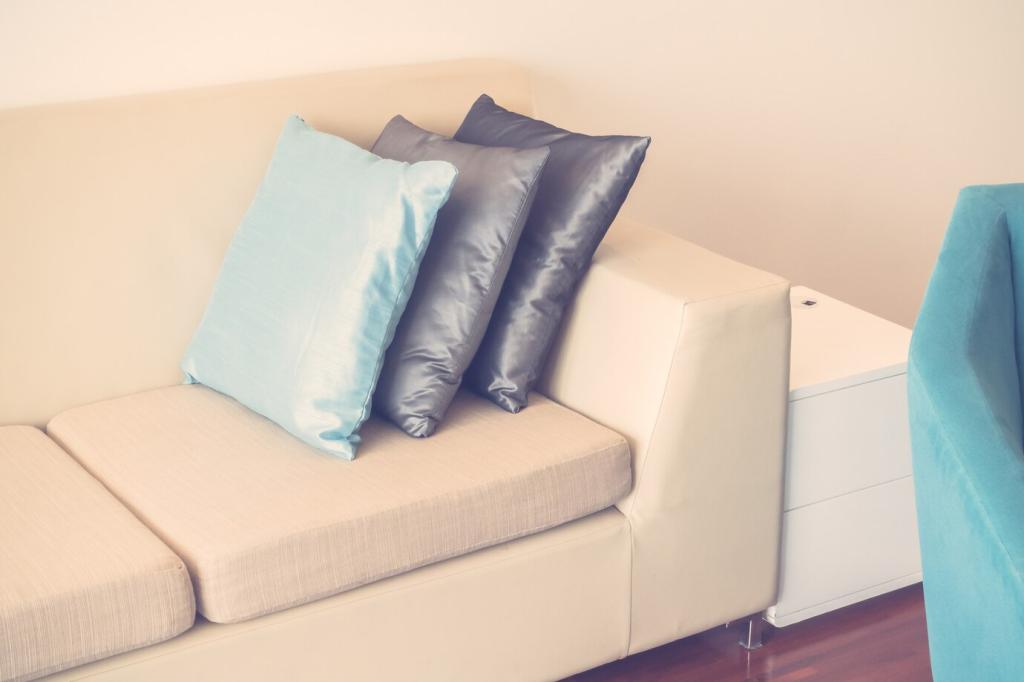
French chair seats relied on taut jute webbing, layered linen canvas, and meticulously hand-stitched edge rolls. Upholsterers sculpted firm profiles with curved needles, creating silhouettes as refined as the carved frames they crowned.
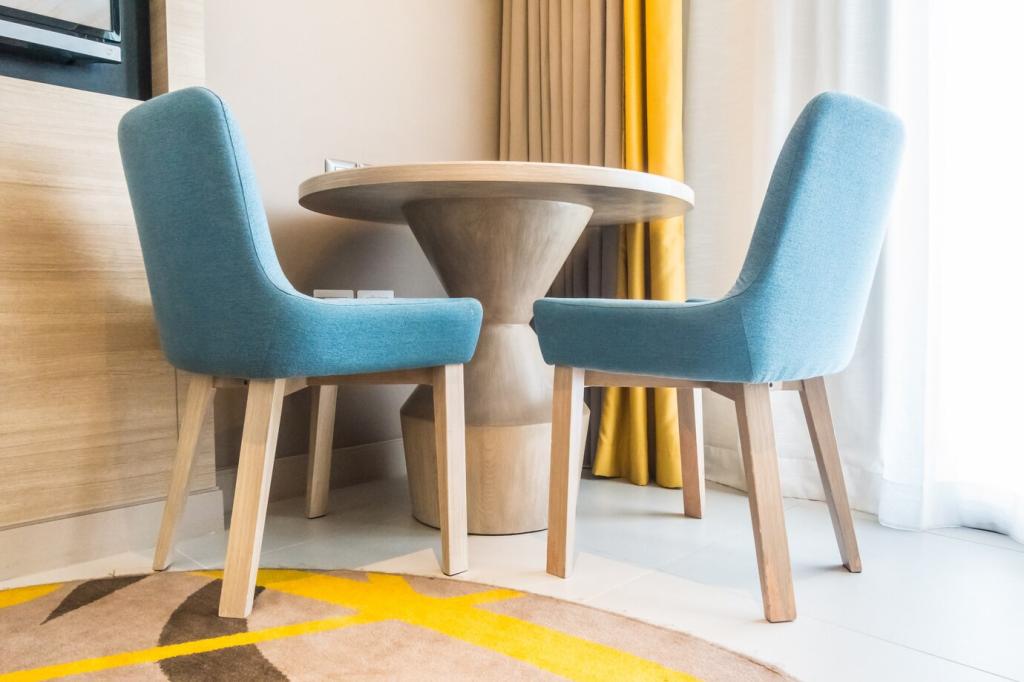
Fauteuils gleamed with silk damasks and brocades, neatly finished by gimp and decorative nailheads. The trim concealed tack lines like a magician’s final flourish, leaving only crisp edges and shimmering light to greet the eye.
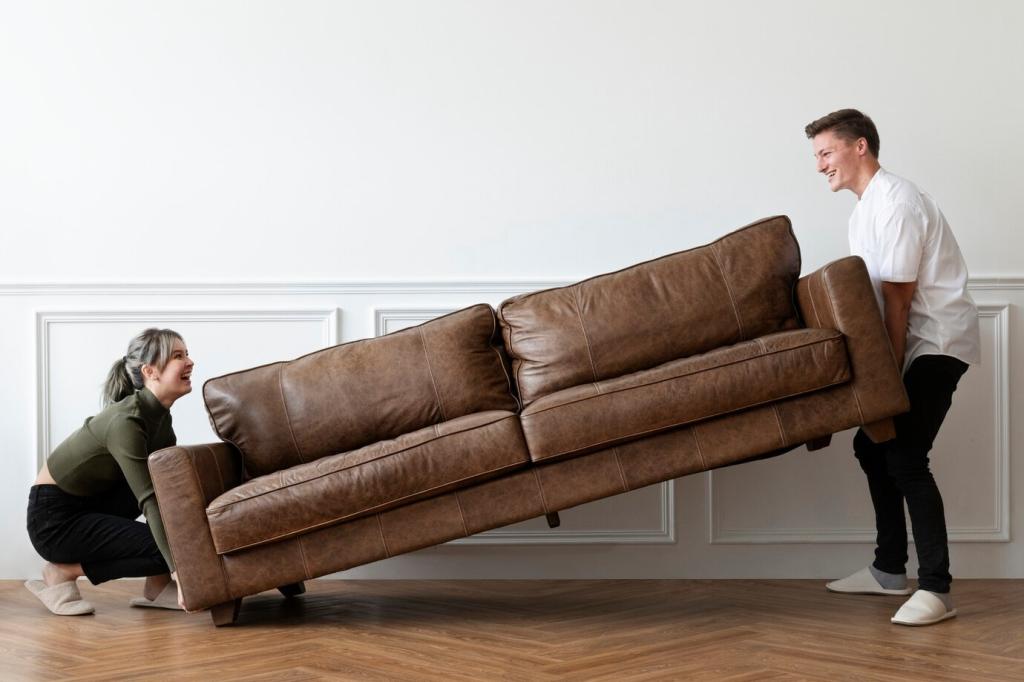
As coil springs spread across Europe, French workshops integrated them beneath stitched padding, balancing buoyancy with disciplined shaping. A restorer’s anecdote: beneath a Parisian seat, a newspaper lining dated 1897 quietly authenticated the craft.
Slip Seats and the Evidence Written in Tack Holes
Georgian chairs often used drop-in slip seats: removable, efficient, and tidy. Conservators ‘read’ historic tack holes around rails to reconstruct original fabrics, borders, and profiles without guesswork or unnecessary modern intrusions.
The Rise of the Spring and the Chesterfield Legend
Victorian makers perfected coil-sprung seats and backs, enabling deep-buttoned masterpieces like the Chesterfield. Buttoning mapped pressure and tension, producing sculptural comfort that remains unmistakably British in line, proportion, and tailoring discipline.
Curled Horsehair, Cotton Felt, and the Guild Traditions
Workshops combined curled horsehair with cotton felt, building graded firmness across layers. Apprentices learned to judge tension by sound—listen for the low twang of properly drawn twine—reflecting guild standards that traveled with emigrating craftsmen.
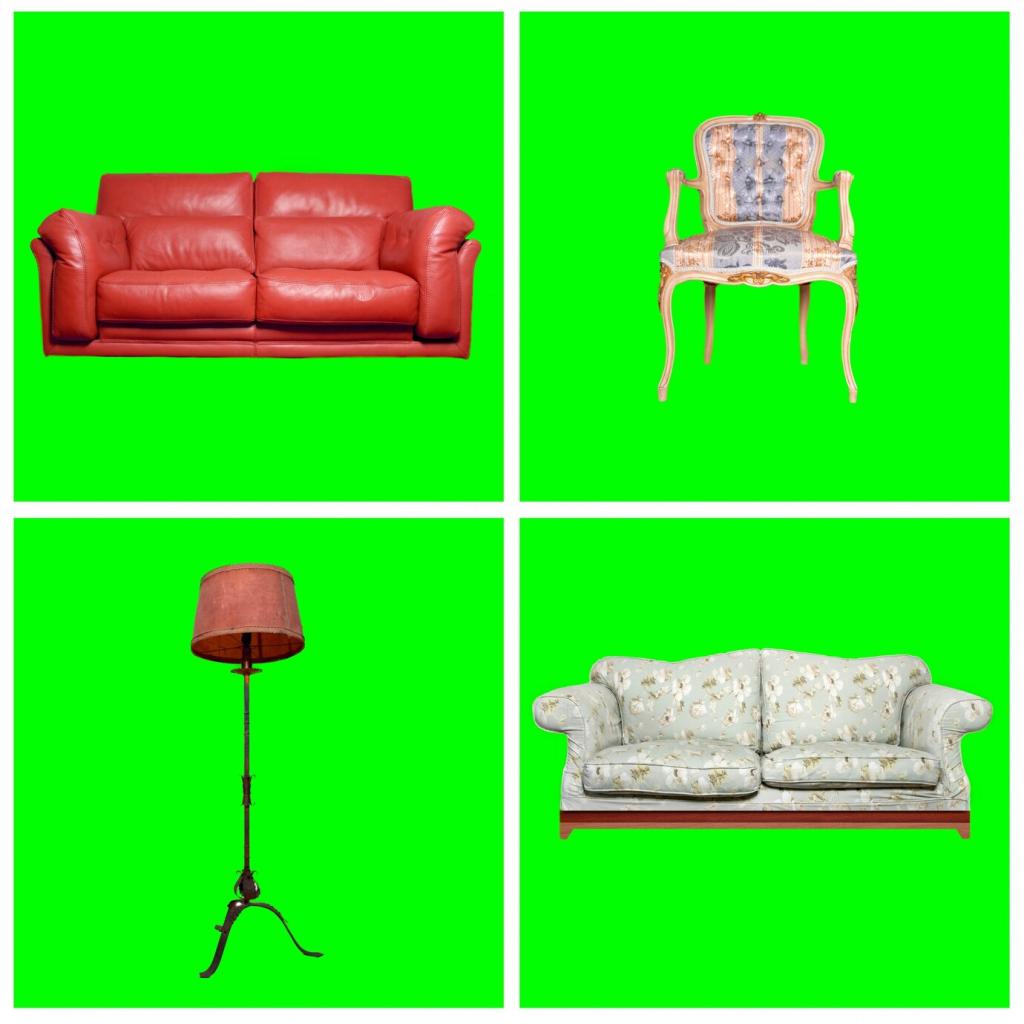
The Divan: Layered Comfort Framing the Room
Divans lined walls with long, low comfort: webbed platforms topped with cotton, wool, or hair stuffing beneath woven covers. Bolsters defined personal space, turning rooms into social stages for stories, music, and ceremony.
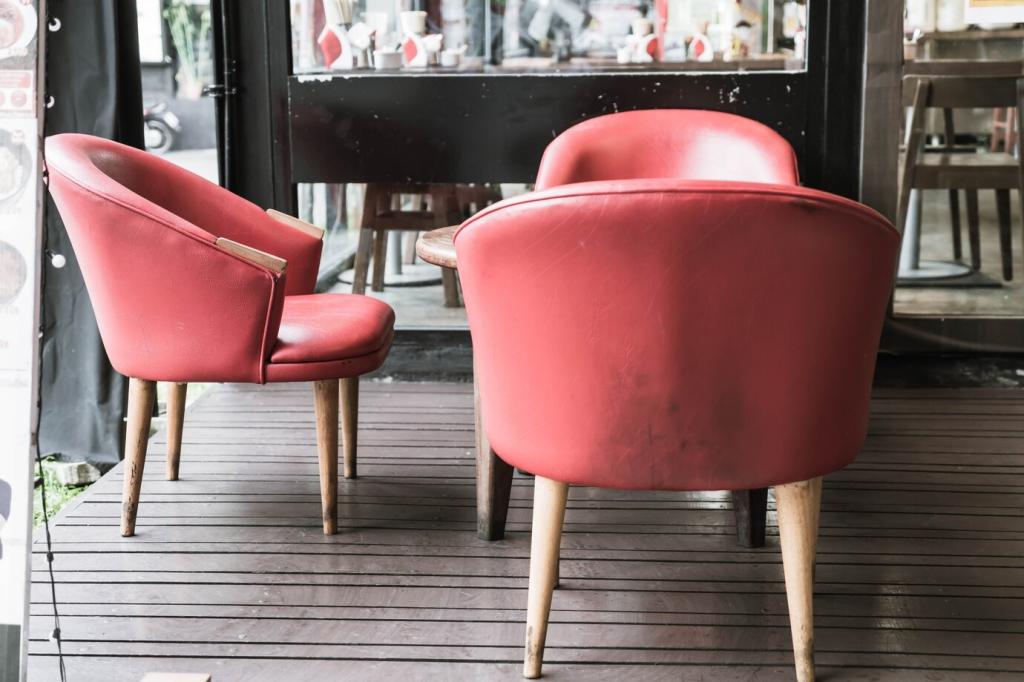
Textile Tales: Kilims, Suzani, and Indigo-Dyed Covers
Kilim weaves and suzani embroideries added geometry and flora, their motifs echoing regional memory. Indigo and madder dyes brought depth, while hand-stitched repairs testified to longevity and care across generations of gatherings.
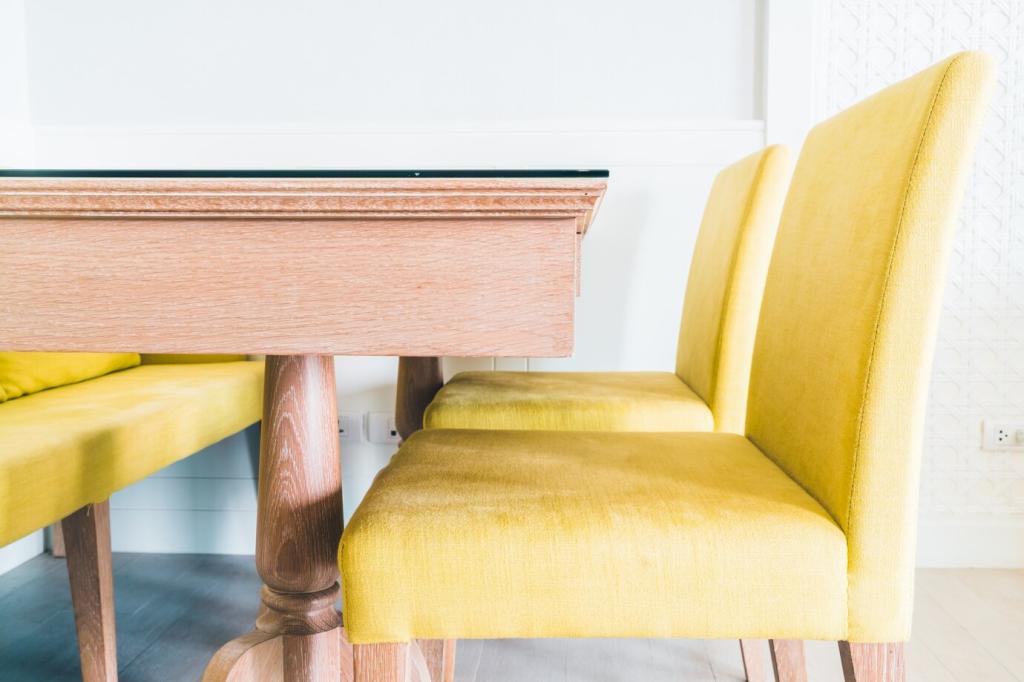
Leather Poufs and Stuffed Seating in Moroccan Homes
Moroccan leather poufs, traditionally stuffed with wool or fabric remnants, served as portable comfort. Nailhead accents and dyed panels fused craft and utility, revealing how upholstery can be both seat and sculpture in daily life.
East Asia: Cushions, Platforms, and Quiet Craft
On raised kang platforms, thick cushions spread warmth from flues beneath. Embroidered silk covers concealed layered cotton batting, replaced seasonally and mended with pride, uniting architectural heating with textile ingenuity and familial comfort.
East Asia: Cushions, Platforms, and Quiet Craft
Traditional zabuton cushions relied on cotton batting fluffed by beating, then hand-stitched into calm rectangles. The quiet craft emphasized breathability, renewability, and respect for use—principles upholstery conservators admire when approaching fragile seats.
East Asia: Cushions, Platforms, and Quiet Craft
From carefully turning cushion covers to reinforcing worn seams, East Asian repair methods embrace visible mending. The patina of use is honored, echoing how historic upholstery values evidence and gentle, reversible intervention over replacement.
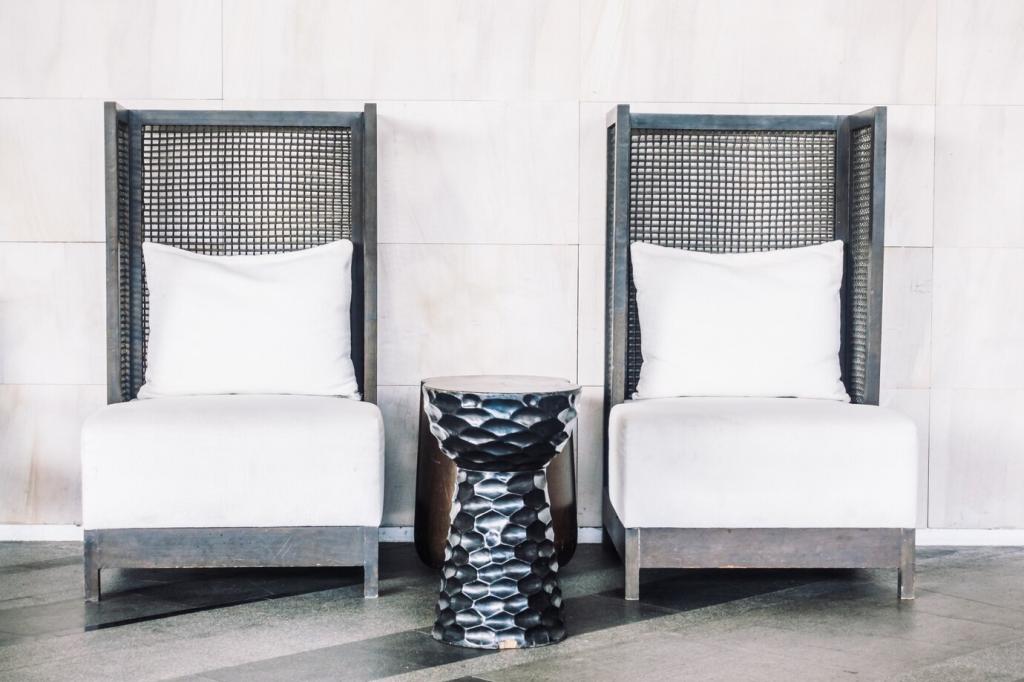
Italy and Spain: Velvet Thunder and Studded Leather
Renaissance and Baroque sedia chairs often balanced ample velvet seats with assertive walnut frames. Upholsterers built crisp stitched edges, ensuring draped textiles aligned with carved ornament, a dialogue between wood and needle.
The Americas: Adaptation, Resourcefulness, and Style
Colonial Imports, Local Stuffings: From Rye Straw to Cattail Floss
Early colonial upholsterers borrowed British methods but filled seats with what landscapes offered: rye straw, cattail down, and horsehair. The results reveal regional ecology literally woven into comfort and daily ceremony.
Shaker Simplicity and Upholstered Parlors in Dialogue
Shaker communities preferred woven seats, yet neighboring towns commissioned upholstered parlors. The contrast highlights how ideology shaped technique, inviting today’s readers to reflect on values of simplicity, repair, and long-term usability.
Art Deco Club Chairs: New Materials, Old Hands
By the early twentieth century, American club chairs combined coil springs with rubberized hair and cotton felt, wrapped in leather. Modern silhouettes still depended on inherited hand skills: measured tension, sharp corners, and confident seams.
Conserving Historic Upholstery Today
Reading the Seat: Ghost Lines, Dust Barriers, and Provenance
Old dust covers, ghost lines in faded fabric, and layered canvas reveal dates and repairs. One restorer discovered a handwritten note under burlap, naming a village upholsterer and turning a chair into living genealogy.
Reversible Repairs: Linen Scrim, Hide Glue, and Gentle Hands
Conservators favor reversible choices: linen scrim, hand stitching, and hide glue where appropriate. The goal is stewardship, not perfection—stabilizing original materials so the seat’s quiet history continues to speak clearly and safely.
Join the Conversation: Share, Subscribe, and Bring Questions
Tell us which country’s technique surprised you most, and share photos of heirloom seats or intriguing tack patterns. Subscribe for deep dives into specific methods, and ask questions to guide future upholstery explorations.
